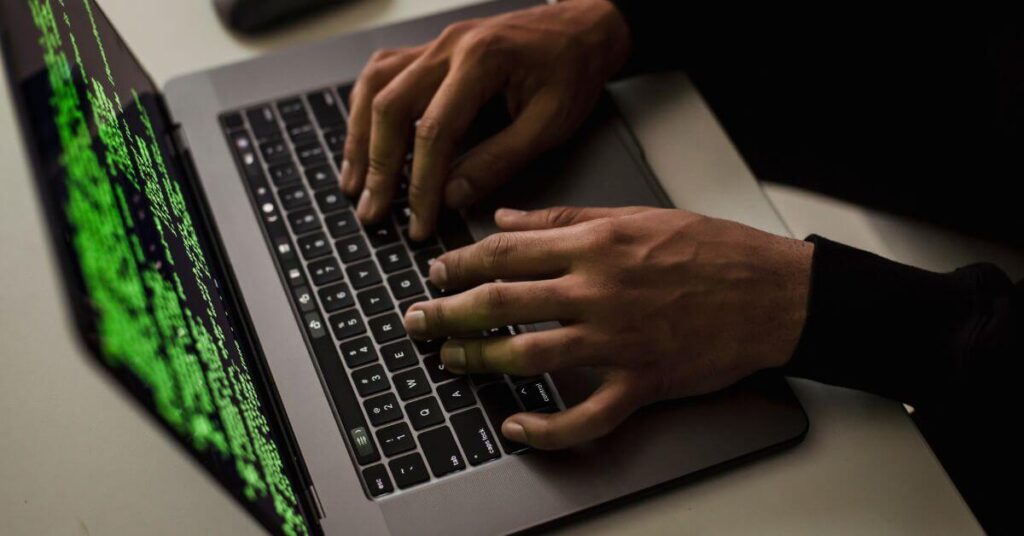6 Ways to Protect Your Business Against Malware Attacks -Currently, there have been an increasing number of malware attacks on corporate institutions or organizations. Of course, as an entrepreneur, you want employee, client and other data to be safe. But, how to avoid malware attacks? Or at least minimize the potential for data loss due to the attack? Let’s discuss more fully.
Entrepreneurs are people who are very conservative about their assets, starting from installing CCTV at home, having a personal bodyguard, and so on. But, have entrepreneurs ever thought about what would happen if their mobile phones or computers connected to business assets were hijacked by someone else? Here’s the thing.
The world of cybersecurity is indeed very complex, malware or known as malicious software is a computer program designed to exploit or damage the computer system it hijacks. Malware can not only steal data, such as passwords and credit card information, but can also infect entire computer networks and encrypt computers or other electronic devices to make them unusable.
That’s not the worst part. In fact, malware can enter your electronic device system through any media, from email, websites that contain malware, suspicious .apk, to flash drives. Based on a report from Kaspersky Lab, the number of malware attacks against corporates has increased sharply since 2020, where there was a 6x increase in the number of attempted attacks on corporate computer systems.
So, what can be done to secure this data from hackers or malware attacks? Here are the steps.
6 Ways to Protect Your Business Against Malware Attacks
1. Educating staff or employees
The first step is to educate staff and also managers to get used to protecting their personal data. This can be started by browsing in a secure browser, using antivirus software, and educating staff so they don’t just click links or download applications.
Because, the majority of malware attacks are caused by employee negligence. It could be clicking on a dangerous link and can infect the entire computer network in the office. This reason is also based on Kaspersky Lab’s report which shows that the majority of staff still do not understand good steps in securing corporate assets from malware attacks.
2. Layered authentication system
Just educating the staff is not enough. Because the truth is, hackers are getting smarter in developing hidden malware. Or try to bypass the company’s security system. That’s why, you need a layered authentication system.
For example, on main accounts that are commonly used to reply or check email such as Google accounts. Or it can also be done on an eCommerce account for business. Use a layered authentication system, use 2FA Authentication, use a code sent to your cellphone, and use a special locking USB drive.
Things like this can minimize the risk of malware attacks so that your business and its assets remain safe.
3. Perform regular data backups
At least, if your business is hit by malware and the data cannot be accessed, by backing up, you can restore the data. This is the importance of backing up data regularly, we recommend at least once a day.
It’s also important to take precautions, such as backing up multiple storage platforms at once. For example, you can back up company assets or data on a hard disk, in the cloud like Google Drive and Dropbox, or also on a company computer server.
In essence, making backups is very important and you must remember to always upload backup files once a day.
4. Update all software and other services
Always update or update regularly for applications and software that are frequently used at work. For example, the Windows operating system must be diligent in updating its firmware, then the browser must also be updated frequently, and other drivers must also be updated frequently.
What is it used for? Of course these developers understand that every application has security holes. For this reason, on a regular basis, developers will always update their applications for security purposes. So, frequently update applications or software and drivers so that your assets or data are safely maintained and protected from malware attacks.
5. Avoid using pirated software or applications
We never know whether software downloaded carelessly from non-official sites is safe or not. Especially for large-scale companies, at least invest in original products or software to avoid unwanted things.
6. Recruit professional cybersecurity IT staff
There aren’t that many human resources related to cybersecurity, especially in Indonesia. However, it is these people who understand how to configure the correct network security system, then carry out regular system maintenance so that company assets or data are kept safe.

